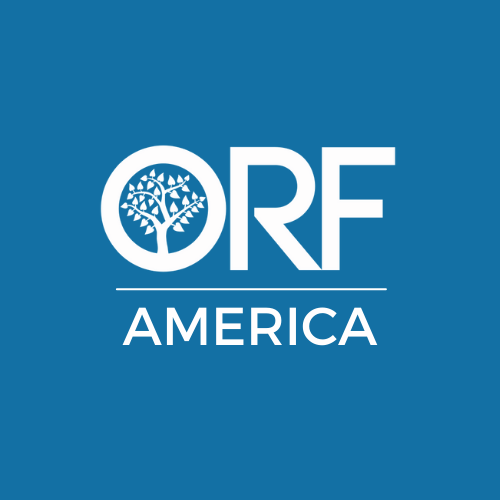By: Anit Mukherjee
Last week’s World Bank and International Monetary Fund (IMF) annual meetings in Washington, D.C. had a surprisingly business-as-usual feeling to them. This might seem surprising, given the immense upheaval facing the global trading system, the avalanche of debt threatening fiscal stability in many emerging economies, and the decline in development assistance. As per IMF’s World Economic Outlook 2025 released during the meetings, world trade volume is forecast to grow at an average rate of 2.9% in 2025-26, much slower than the 3.5% growth rate achieved the year before. Public debt in developing countries reached $31 trillion in 2024, almost doubling in size over the last decade. On top of this, the OECD estimates a drop of between 9-17% in official development assistance in 2026 in addition to a 10% fall in 2025. The fact is that there have been few concrete proposals to address the twin challenges of debt sustainability and the rising demands for additional resources for sustainable development: 3.4 billion people live in countries that spend more on servicing debt than on education or health.
But at discussions on the sidelines of the annual meetings, at least three themes emerged, which suggested that developing countries are seeking ways to contribute solutions to meet these twin challenges. The first involves realizing that debt is not only a development challenge but also a problem of design. This was reflected in the 4th meeting of the G20 Finance Ministers and Central Bank Governors, held on the sidelines of the annual meetings. Current financing systems are misaligned with around 60% of international financing provided as loans rather than grants. Several countries are finding it hard to break out of the trap. Since the Paris Agreement in 2015, new instruments to raise resources such as vertical funds and blended finance have emerged, but real ‘sustainable’ financing for the Global South remains limited. With bilateral and multilateral concessional financing becoming increasingly scarce, rebalancing the loan portfolios of heavily indebted countries by extending maturities of those with the largest impact should be the first order of priority.
Second, innovative approaches to raise sustainable finance without increasing the debt burden will have to come from the Global South. For example, under Brazil’s leadership in the lead up to COP30, the newly launched Tropical Forest Forever Facility (TFFF) is meant to ensure continuous and performance-based financing to countries and communities that successfully conserve tropical forests. Building on Brazil’s initial contribution of $1 billion, the TFFF intends to build a capital base of $125 billion through sponsor contributions, including philanthropies and the private sector, that will be invested to generate annual flows to support countries that preserve tropical forest as global assets. Similarly, Mexico’s approach to raise resources in global capital markets by issuing sustainable development goal bonds based on an agreed taxonomy can also be replicated, especially if a “borrowers club” can negotiate cheaper rates for instruments such as green bonds. Indonesia’s Green Sukuk model of asset-backed returns rather than interest payments is another instance of an innovative risk sharing mechanism that is particularly relevant for countries affected by adverse weather events.
Third, focusing on the redesign of sustainable financing alone is not enough to catalyze development cooperation among countries of the Global South. Their economic transformation will have to involve significant investments in health and education, as well as active industrial policies to build economic and social infrastructure and attract new sources of private investment. At a time of when tariff and non-tariff barriers are proliferating, and thus restricting access to developed country markets such as the United States, there is a need to coordinate investments in building complementarities, strengthen trade and investment flows, and share knowledge across the Global South. In a world coming to terms with the radical changes in the development finance landscape over the past months, the leadership of the developing world to advance sustainable development is more critical than ever.
Anit Mukherjee is Senior Fellow for the Global Economics & Development program at ORF America.

